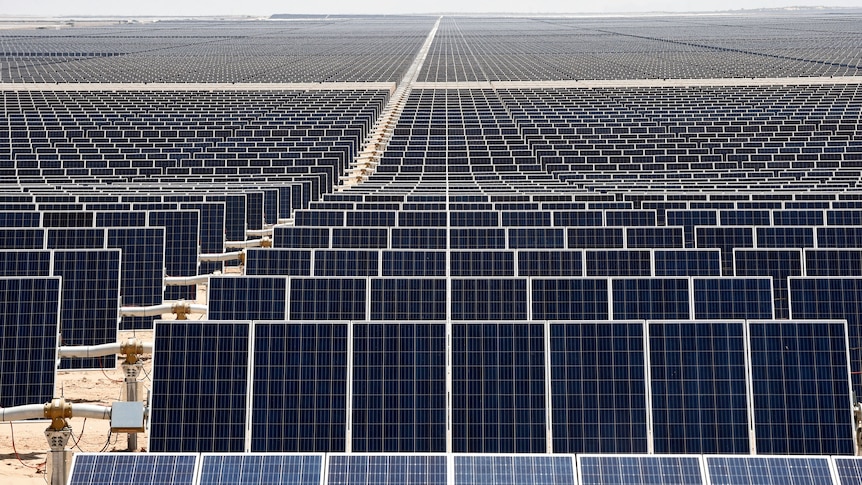An unusual thing happened over this weekend. With the help of renewable energy sources, consumption on the South Australian (SA) electricity grid fell to -46.4 Megawatts, a global best. This is not just the first gigawatt-scale grid to claim such efficiency, but is also the result of non-scheduled plants as well as renewable sources, such as rooftop solar, etc., working together. The Australian Energy Market Operator (AEMO) announced that rooftop solar energy met 92% of South Australia’s power consumption on Sunday, assisting in the establishment of a new minimum demand record. It’s a sight to behold if you’ve been supporting renewables.
While Nemlog recorded a total requirement of -46.4 MW on the SA electricity system at one time, AEMO reported a planned demand low of -38 MW. This occurred throughout the day at five-minute intervals and is mostly attributed to renewable power sources. Rooftop solar and wind energy had a significant influence on the South Australian grid for virtually the entire day. South Australia’s renewables appeared to significantly assist the grid. This occurred owing to the combined amount of extra rooftop photovoltaic solar panels and wind generation was more than South Australia’s energy consumption levels.
“The NEM worked as predicted throughout this one-of-a-kind event, which was made feasible by ordering gas plants to preserve system strength as well as capacity accessible through the Victoria-South Australia connectors to spill surplus rooftop solar panels and dispatch the 350 MW of power sold into the NEM.” South Australia’s renewables industry is robust and has been for a considerable period of time. It seems logical; given how much solar or wind Australia receives, one would think they’d be more on board with the renewables transition. This is most certainly a harbinger of things to come, either throughout Australia, or globally, as renewables become more prevalent.

Carolyn is a technology graduate and loves to write about anything related to technology as well as writes in others sectors. Carolyn is a professional writer with over 7 years of experience. Initially starting off as a programmer, Carolyn decided to combine her knowledge about technology and writing and that’s how she joined Reporter Expert.



